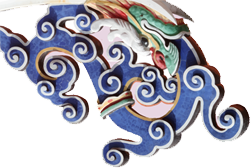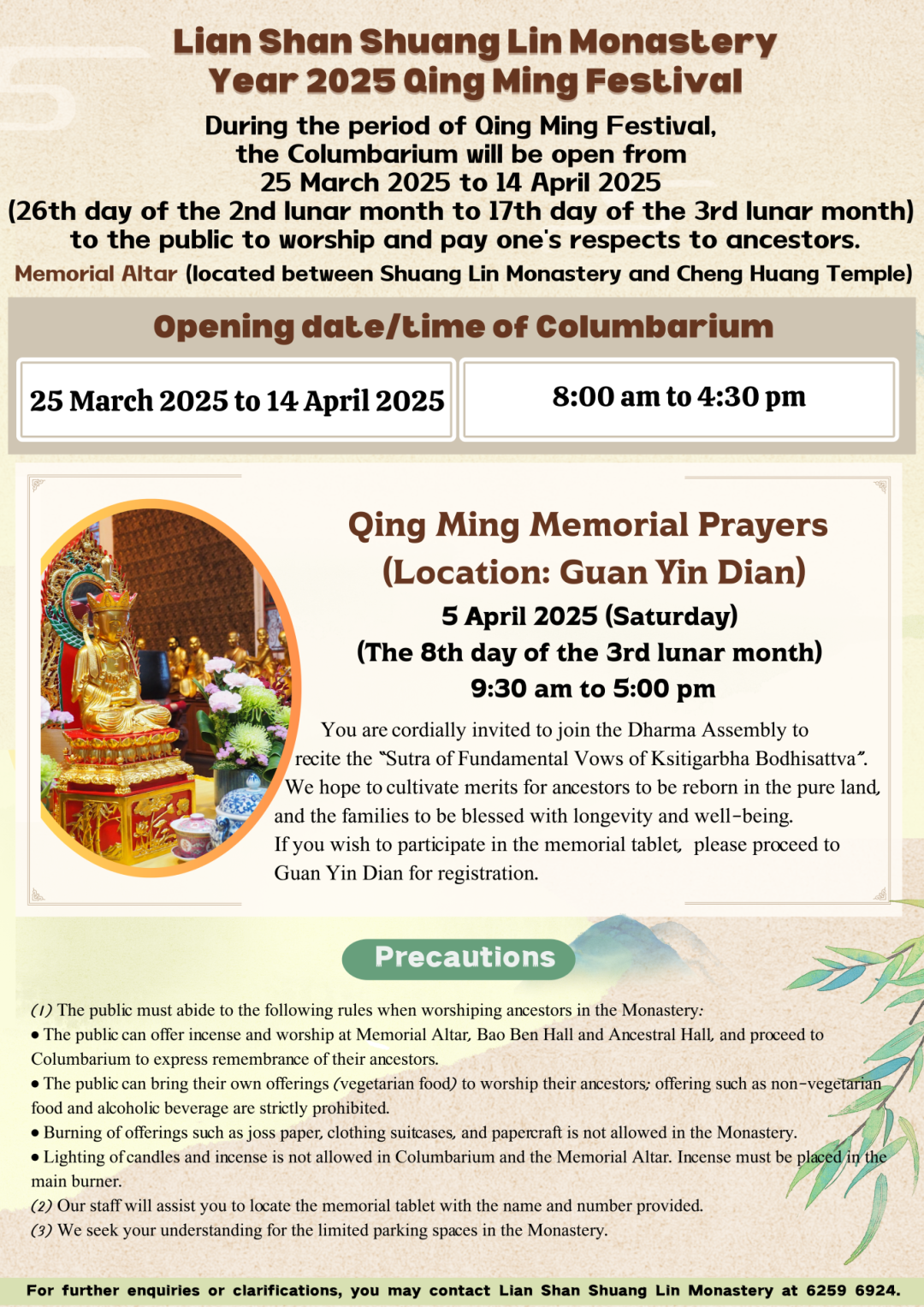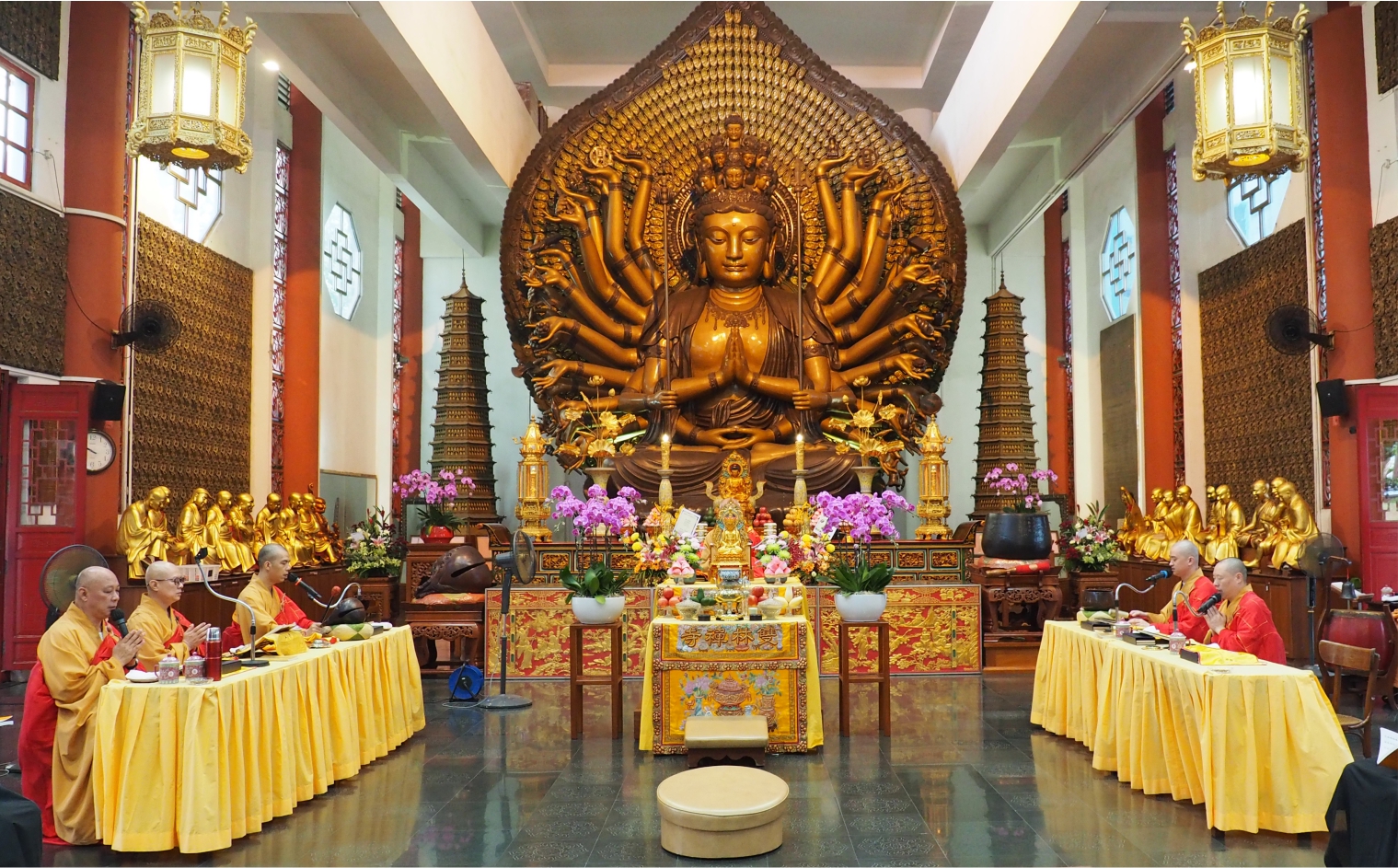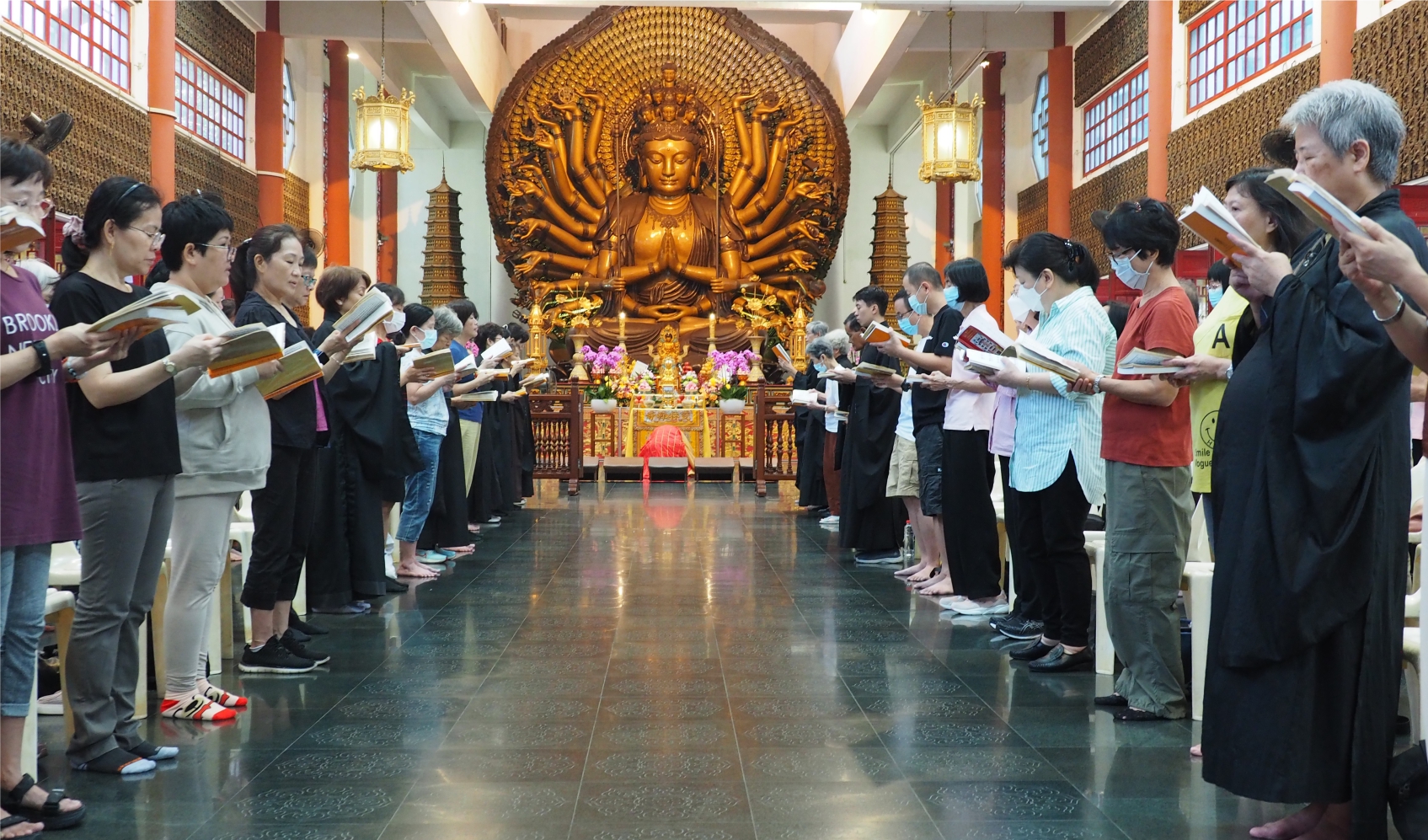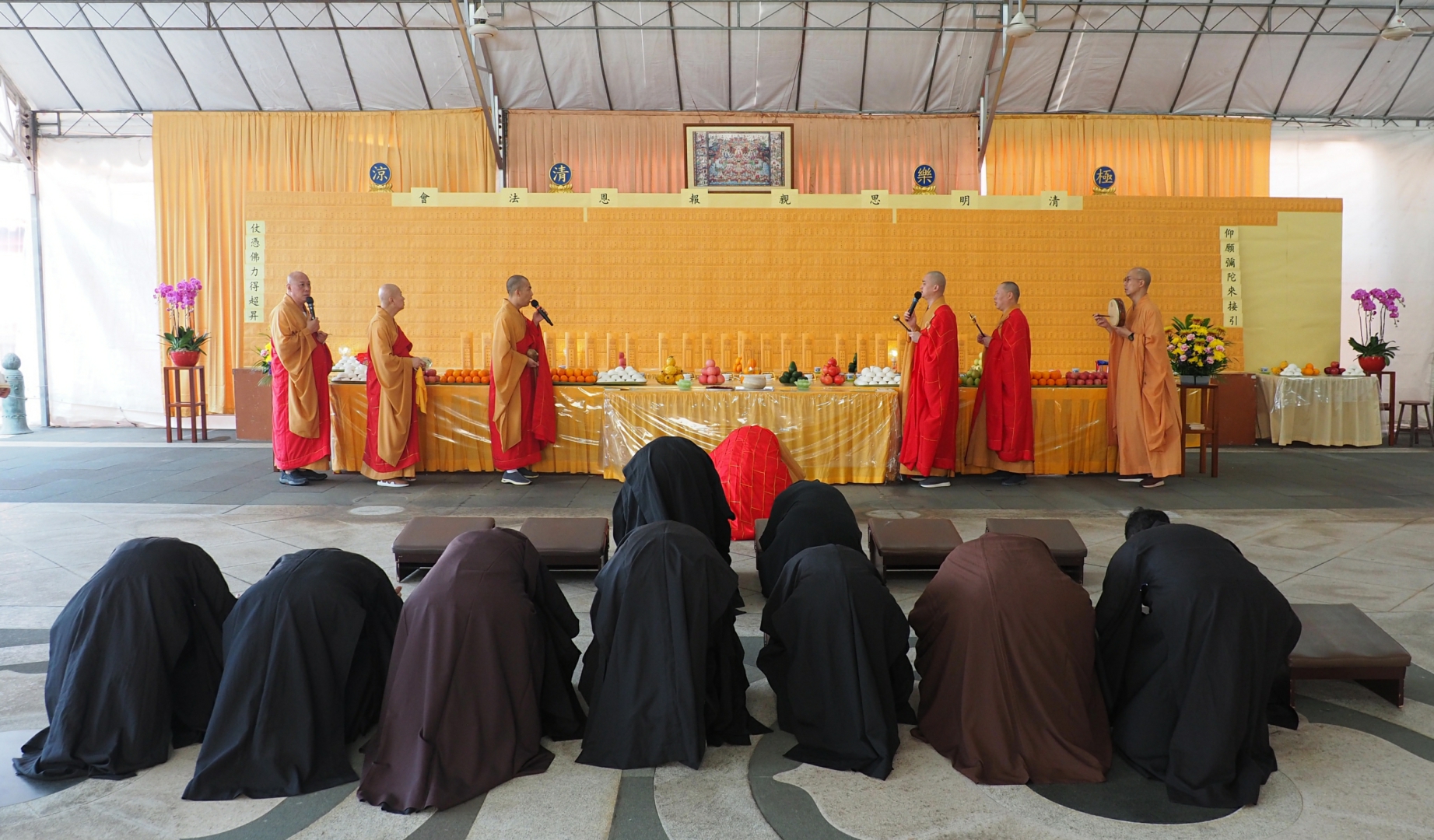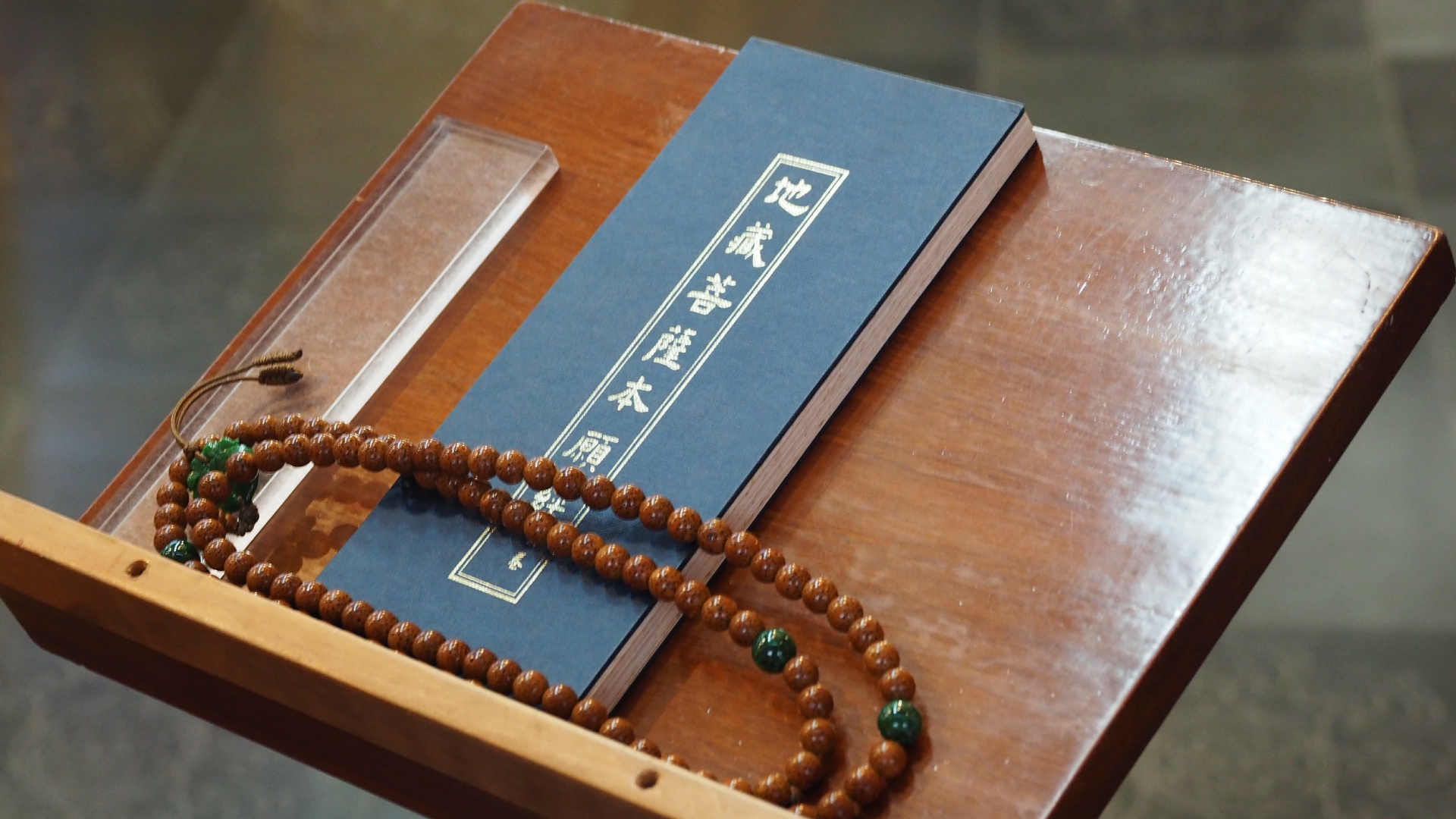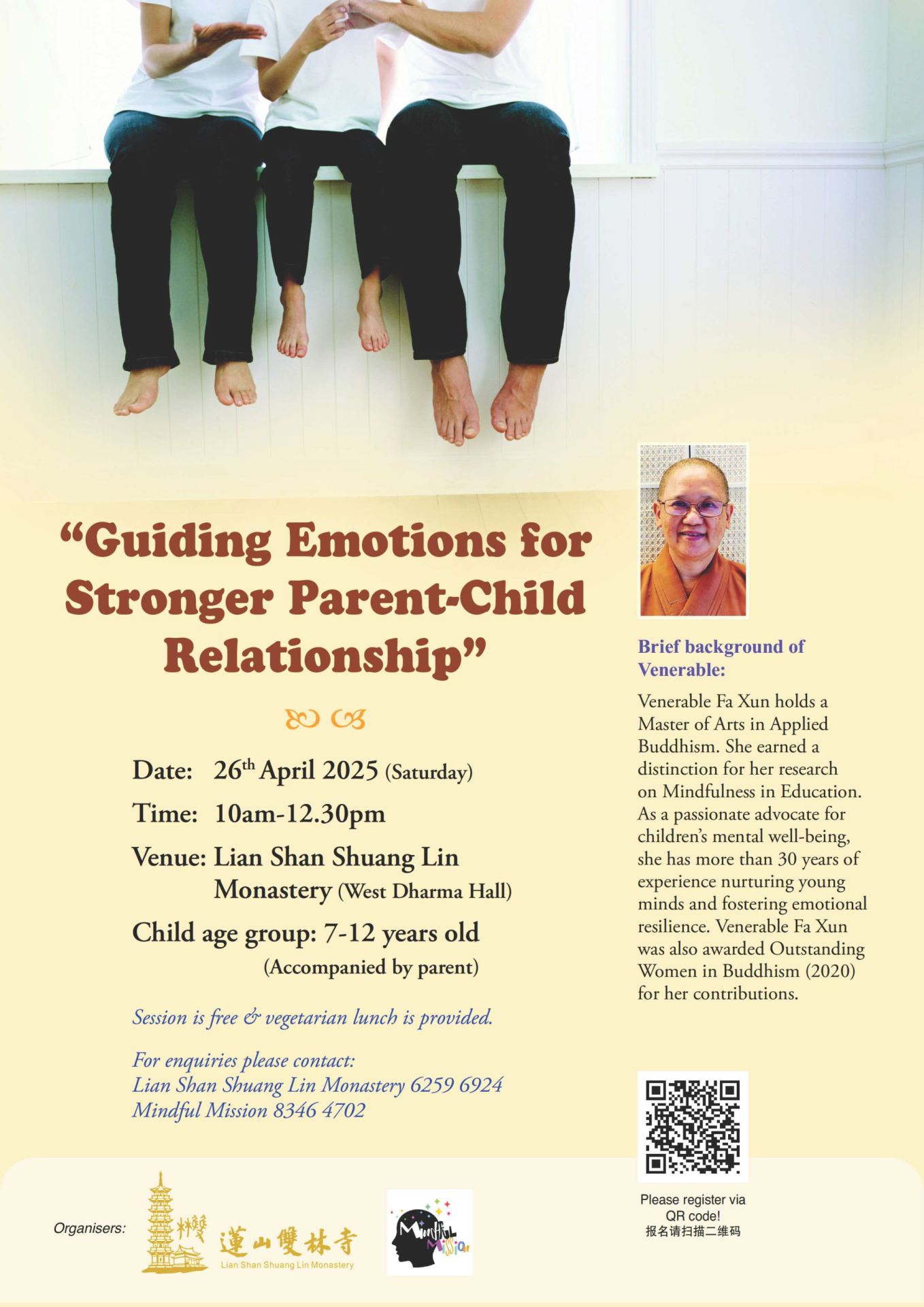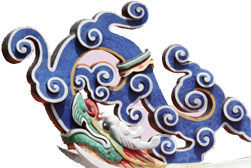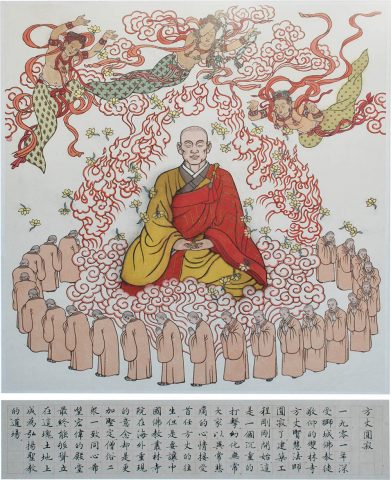
image description
In 1901, Master Xian Hui passed away. The abbot of Shuang Lin Monastery was deeply respected by the followers in Singapore and the news of his passing was a heavy blow for them, especially when construction had just begun. Faced with uncertainties of the future, it was emotionally difficult for everyone to accept the passing of the abbot. Yet the desire to create a Monastery with a Cong Lin layout outside of China remained as firm as ever. Monks and followers were united in their hope that the magnificent halls would eventually be able to rise above this ground and become a temple to spread forth the teachings of Buddha.


